An artificial intelligence system developed by a team of Chinese scientists could help locate potentially huge rare earth deposits in the Himalayas.
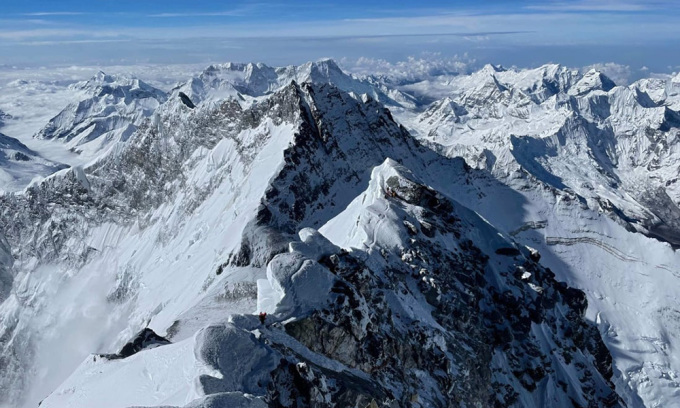
Locating and exploiting minerals in the Himalayas is a huge challenge. Photo: AFP
Chinese geologists have discovered potentially huge deposits of rare earths in the Himalayas, which could cement China’s position as the world’s leading supplier. The mineral belt is believed to be more than 1,000km long, but locating it in such a vast, remote area could take years, even decades, the SCMP reported on June 21.
One possible solution is to use artificial intelligence (AI). Since 2020, a team of scientists from the China University of Geosciences has developed an AI system that can automatically process almost any raw data collected by satellites and other means to locate rare earth deposits on the Tibetan Plateau.
"Rare earth metals are irreplaceable in industries such as new materials, new energy, defense and military technology, and information technology, becoming important strategic resources in global competition," Professor Zuo Renguang wrote in a study published in the journal Earth Science Frontiers last week.
The AI will look for a unique form of granite that is lighter in color than normal. It may contain rare earths like niobium and tantalum, which are used in high-tech products, but also contains significant amounts of lithium, a key ingredient in electric vehicles.
Chinese geologists had found such granite in many places in the Himalayas, including around Mount Everest, but had assumed that they contained no mineable material. Until about 10 years ago, they accidentally discovered rare earths and lithium in some rock samples collected nearby.
China currently has a major rare earth production base in Inner Mongolia and others further south in the provinces of Guangdong, Jiangxi, and Sichuan. However, scientists believe that the Himalayan rare earth reserves could equal or even exceed these, helping China assert its position in the world.
China held the dominant position with about 43% of global rare earth reserves in the 1980s and 1990s, but this figure fell to about 36.7% in 2021. Meanwhile, rare earth resources outside China increased significantly, from 40 million tons to 98 million tons.
When Zuo’s team began developing the AI more than two years ago, the system was trained on a limited dataset, such as satellite images, to identify light-colored granite. Initially, the AI was only accurate about 60 percent of the time, but the team gradually expanded the system’s knowledge by increasing the precision of its algorithms.
Additional datasets the team fed the AI included data on the chemical composition of rocks and minerals, magnetism, spectral data collected by aircraft, and geological maps of the Tibetan Plateau. They found that the AI system was able to rapidly self-improve, achieving an accuracy rate of more than 90% within a few months.
Thu Thao (According to SCMP )
Source link












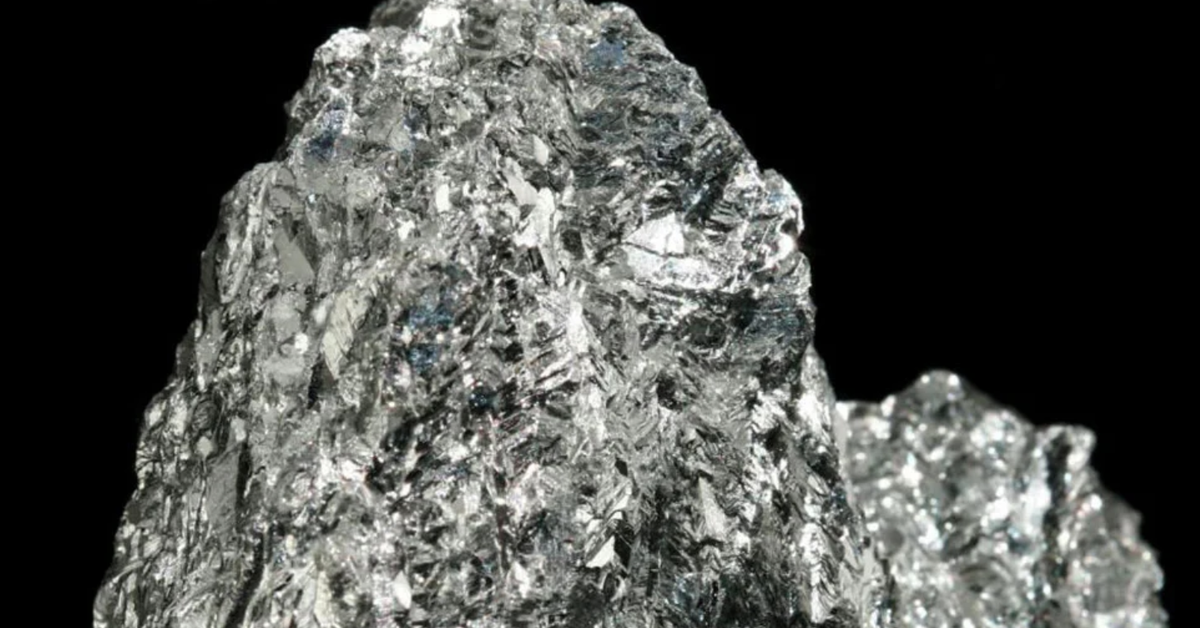

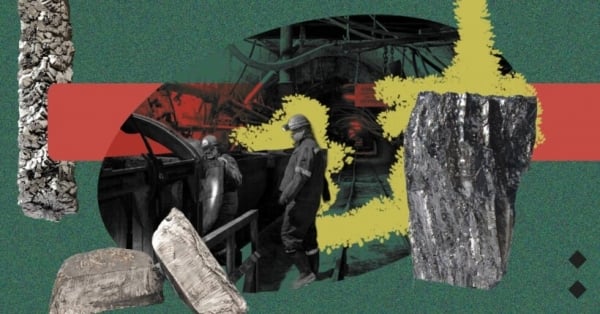






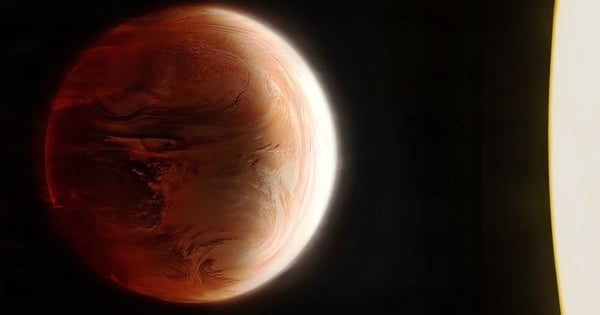




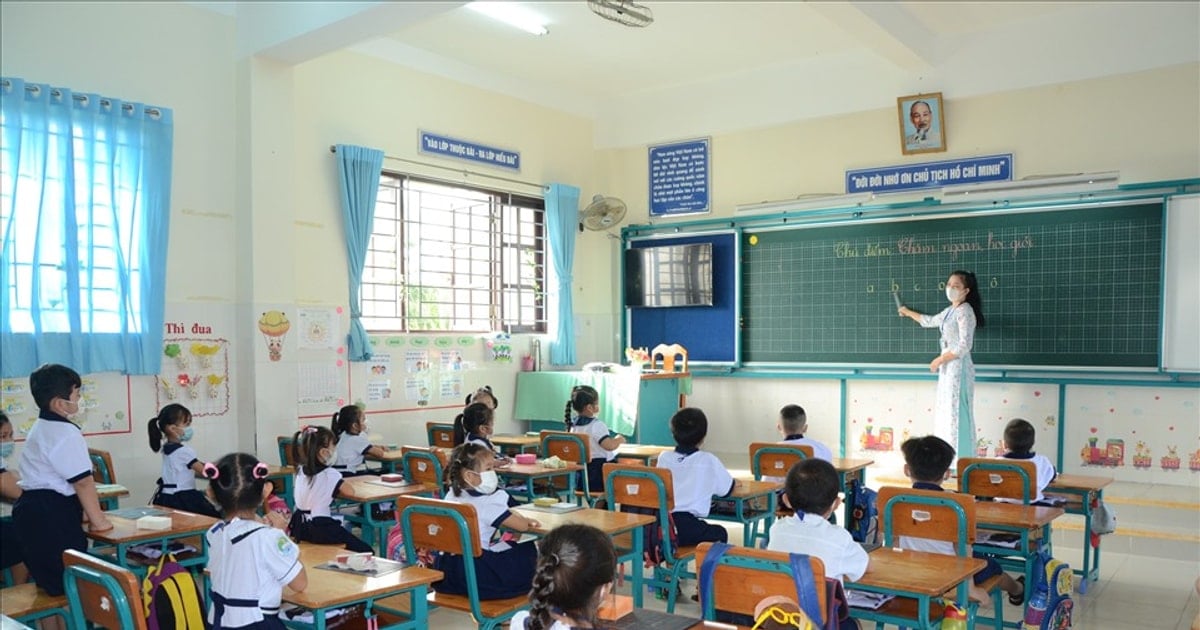

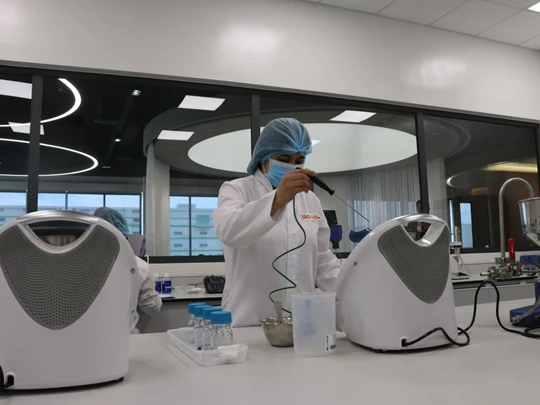
















Comment (0)